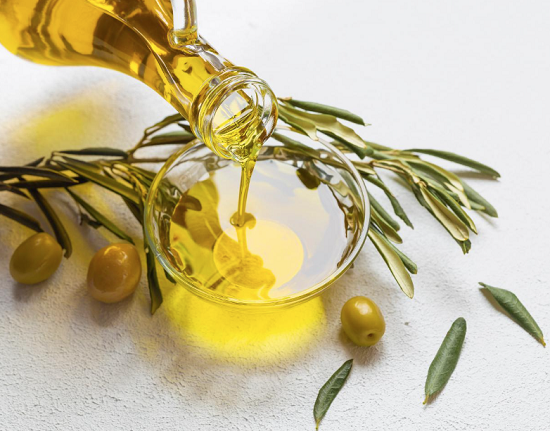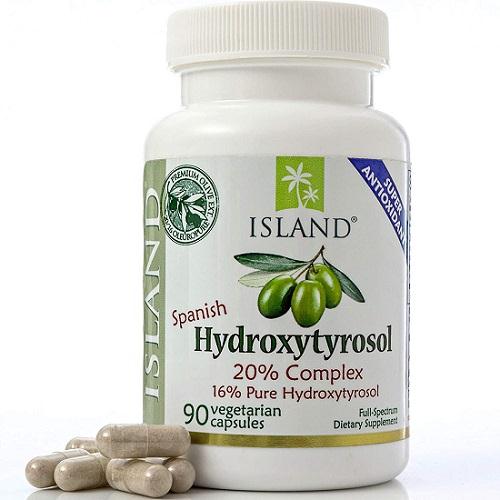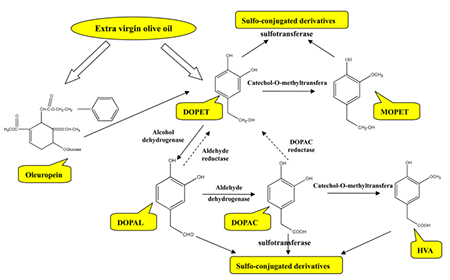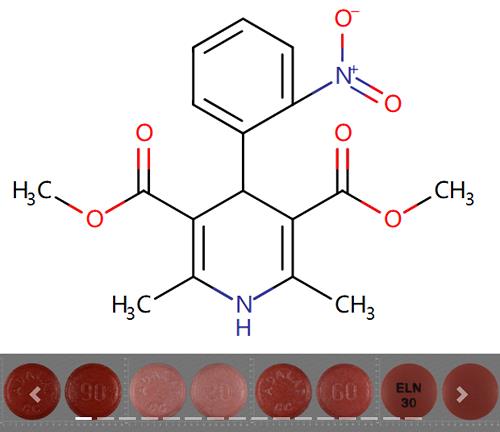Hydroxytyrosol: Preparation and Health Benifits
Basic Introduction
Hydroxytyrosol is a phenolic compound drawn from the olive tree and its leaves as a by-product obtained from the manufacturing of olive oil. It is considered the most powerful antioxidant compound after gallic acid and one of the most powerful antioxidant compounds between phenolic compounds from olive tree followed by oleuropein, caffeic and tyrosol. Due to its molecular structure, its regular consumption has several beneficial effects such as antioxidant, anti-inflammatory, anticancer, and as a protector of skin and eyes, etc. For these reasons, the use of Hydroxytyrosol extract is a good strategy for use in meat products to replace synthetics additives. However, this extract has a strong odour and flavour, so it is necessary to previously treat this compound in order to not alter the organoleptic quality of the meat product when is added as ingredient. The present review exposes the health benefits provided by Hydroxytyrosol consumption and the latest research about its use on meat. In addition, new trends about the application of Hydroxytyrosol in the list of ingredients of healthier meat products will be discussed.[1]
Preparation of Hydroxytyrosol Extract
The highest concentration of Hydroxytyrosol is found in olive leaves. However, it is lost during oil manufacturing after the waste of the pomace and vegetable water as residues of EVOO, or refined olive oil production. In order to take advantage of this waste and minimize losses to the oil industry, these residues are used by ingredient companies to obtain natural extracts used by the cosmetic, pharmaceutical and food industries.
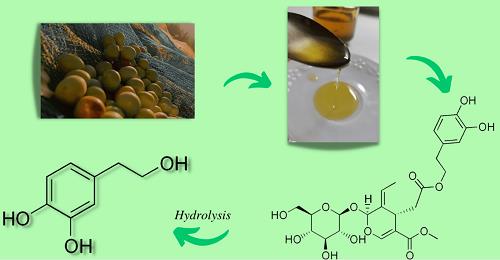
Hydroxytyrosol can be obtained from vegetation water or from olive leave using different ways. It is based in three phases: first, a phenol-rich liquid is obtained as the raw material for the extraction and purification of phenolic compounds; a second phase enables a Hydroxytyrosol enriched extract and a Hydroxytyrosol with 3,4-dihydroxyphenylglycol (DOPEG) mixture to be obtained, and Hydroxytyrosol acetate is produced. In the third phase, highly pure Hydroxytyrosol-DOPEG and Hydroxytyrosol acetate are obtained. These phases comprise extraction, reaction, concentration, adsorption and desorption, using mixtures of ion exchange resins, adsorption in nonionic resins and a polymer phenolic fraction, membranes of reverse osmosis and evaporators. This methodology is an example of extraction method for Hydroxytyrosol from vegetation waters and Olea europaea L. subproducts that it is under intellectual property of the Spanish Research Council. From the industrial point of view, the extraction method depends on the source used for Hydroxytyrosol. The first one obtains Hydroxytyrosol from olive waters during fruit processing (separating the oil from wet centrifugation). It is used a solvent extraction and purification process, including, crystallization and clarification steps. For that, the original plant material (vegetation water) is dried and suspended in ethanol. The filtered hydroalcoholic solution is concentrated under vacuum until obtain a syrup with a Hydroxytyrosol percentage around 20–25%. Among the characteristic polyphenolic compounds from olive oil that this extract contains are large quantities of fulvic acids. Hydroxytyrosol can be also obtained from olive leaves (dehydrated) by hydroalcoholic extraction and subsequent hydrolysis. The hydroalcoholic solution obtained contains as main active compound the oleuropein that is present in the leaves. Another form to obtain Hydroxytyrosol extract can also be through olive waters (fruit processing) by liquid–liquid extraction with ethanol. For that purpose, the original plant material (vegetation water) is concentrated in vacuum at temperature of 50–60 °C until a syrup of 65–70% °Bx (w/w) is obtained. This syrup is suspended in ethanol and the supernatant is removed, which is concentrated in vacuum and finally a hygroscopic solid.[2]
The Role of Hydroxytyrosol in Diet
Since many years ago it is known that several aspects about the Mediterranean diet have been associated with a minor risk of cardiovascular diseases and cancer (colorectal, breast, prostate or pancreas, between others). In particular, olive oil as principal component of this dietary model plays a key role in these benefits, due to its composition of fat, richness in monounsaturated fatty acids (oleic acid) and another micronutrient from non-saponifiable fraction such as squalene, phytosterols, tocopherols and secoiridoids.
Hydroxytyrosol is a secoiridoid and a potent antioxidant that acts as main component from phenolic fraction of extra virgin olive oil (EVOO). This compound is derivate from hydrolysis of oleuropein and its concentration in EVOO and table olives can change according to several factors: altitude and latitude of olive tree harvest, the variety of olive, the collection time and the processing conditions. For example, the Hydroxytyrosol concentration in EVOO is 14.32 ± 3.01 mg kg−1, while in refined virgin oil is 1.74 ± 0.84 mg kg−1. In the same way, the concentration in Greek black olives is 100–340 mg kg−1, in Spanish green olives is 170–510 mg kg−1 and 250–760 mg kg−1 in Greek kalamata olives. Taking into account that the average consumption of EVOO and olives in Spain are 15 g/day−1 and 7 g/day, respectively, it can be estimated that the Hydroxytyrosol consumption per day is 5.6 mg (0.3 mg from EVOO and 5.3 mg from olives), approximately. In addition, Hydroxytyrosol has a bioavailability of 99%, so this compound is easily integrated by human body. In the same way, it was corroborated by Khymenets et al. in their study about human Hydroxytyrosol absorption and excretion from a nutraceutical, that Hydroxytyrosol is a phenolic compound resistant to gastric juices and to passing through the digestive system, consequently it is bioavailable and is recovered in the urine chiefly as 3'-sulphate. Therefore, it can be confirmed that the consumption of 5.6 mg day−1 of Hydroxytyrosol can bring great benefits on an organism's functioning.[3]
The Role of Hydroxytyrosol in Health
Hydroxytyrosol has a great bioactive power due to its great antioxidant capacity due to its protective function in cells, its structural affinity to some compounds (for example, with dopamine, it replaces its amine group (NH2) by hydroxyl group (OH)), it has a simple molecular structure and it is present in organism (e.g., iris of the eye) so it is easy to assimilate by the human body, reaching blood plasma in 15 or 20 min until its elimination 6–8 h later by the renal or digestive system, so it does not present accumulation or toxicity problems. In addition, Hydroxytyrosol is an amphipathic, water-soluble and fat-soluble molecule, because of it has a lipophilic end and another hydrophilic end, which makes it a good transporter of substances through the human body, therefore, it can penetrate the cellular membrane easier. These structural and molecular features of Hydroxytyrosol make its consumption provide many beneficial effects in the organism.
Foods High in Hydroxytyrosol
Hydroxytyrosol is one of the most powerful antioxidants available in nature, and incorporating hydroxytyrosol-rich foods into your diet can provide numerous health benefits, from protecting against oxidative stress to supporting heart health, immune function, and skin health. Foods like extra virgin olive oil, olives, olive leaf extract, and olive oil-based sauces are some of the best sources of this potent antioxidant, making them an essential part of any health-conscious diet. By incorporating these foods into your daily meals, you can enjoy the antioxidant protection and health benefits that hydroxytyrosol offers while enhancing the flavor and richness of your dishes. Whether you're drizzling olive oil over your salad, snacking on olives, or using olive-based spreads and sauces, you're giving your body the support it needs to combat oxidative stress and promote overall well-being.
References
[1] Lund M.N., Ray C.A. Control of Maillard reactions in foods: Strategies and chemical mechanisms. J. Agric. Food Chem. 2017;65:4537–4552.
[2] Merra E., Calzaretti G., Bobba A., Storelli M.M., Casalino E. Antioxidant role of hydroxytyrosol on oxidative stress in cadmium-intoxicated rats: Different effect in spleen and testes. Drug Chem. Toicol. 2014:1–7.
[3] Lemonakis N., Poudyal H., Halabalaki M., Brown L., Tsarbopoulos A., Skaltsounis A.L., Gikas E. The LC-MS-based metabolomics of hydroxytyrosol administration in rats reveals amelioration of the metabolic syndrome. J. Chromatogr. B. 2017;1041:45–59.
Related articles And Qustion
See also
Lastest Price from Hydroxytyrosol manufacturers
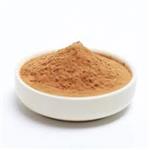
US $1200.00-1100.00/ton2025-10-12
- CAS:
- 10597-60-1
- Min. Order:
- 1ton
- Purity:
- 99%
- Supply Ability:
- 1000T/M
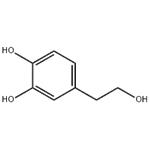
US $0.00-0.00/kg2025-09-08
- CAS:
- 10597-60-1
- Min. Order:
- 1kg
- Purity:
- 98%
- Supply Ability:
- 1

